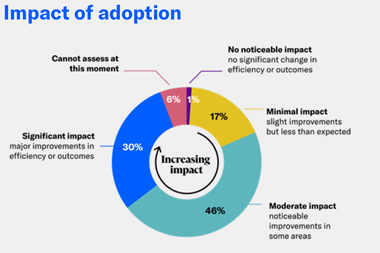Financial risk can often escape the grip of risk managers. That is itself a risk.
Financial risk can often escape the grip of risk managers. That is itself a risk.
The announcement by the SociétéGénérale of a Euros 4.9 billion loss through the actions of one of its traders in the so-called ‘vanilla’ futures (one of the more simple financial derivatives) graphically illustrates one of the main topics debated at AMRAE’s annual conference: the need for large organisations to fully embed a culture or risk management.
According to Michel Yarhi, risk manager of the bank, and president of the conference, the loss would be covered by the bank’s insurance, provided that it was due to deliberate fraud or a lust for self-enrichment.
“According to Michel Yarhi, risk manager of the bank, and president of the conference, the loss would be covered by the bank's insurance
But this would not appear to be the case. The idea of a trader attempting to recover his mistakes by evading internal control processes, would, from the bank’s statements, seem more probable.
So reality has arrived, brutally, to illustrate one of the central ideas behind the development of AMRAE – the need to make everyone understand what risk management can bring to an organisation beyond the realms of internal control and audit.
A workshop run by Thierry van Santen on the relationship between these three areas yesterday morning has passed from the realm of theory into a subject of pressing importance. The provisional conclusion is that the relationship between the three must not become bedevilled by hierarchical disputes. The problem must be approached pragmatically. Furthermore, complying with regulations is, in itself, no protection.
Downloads
AMRAE Daily, day 1 (French language)
PDF, Size 1.45 mb




















No comments yet